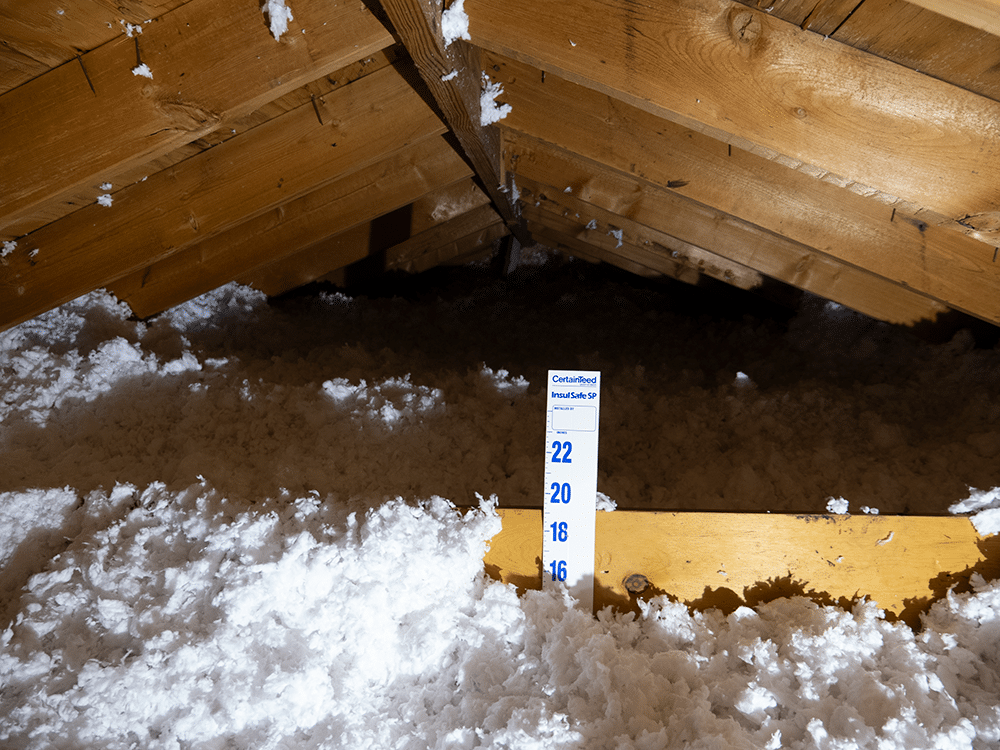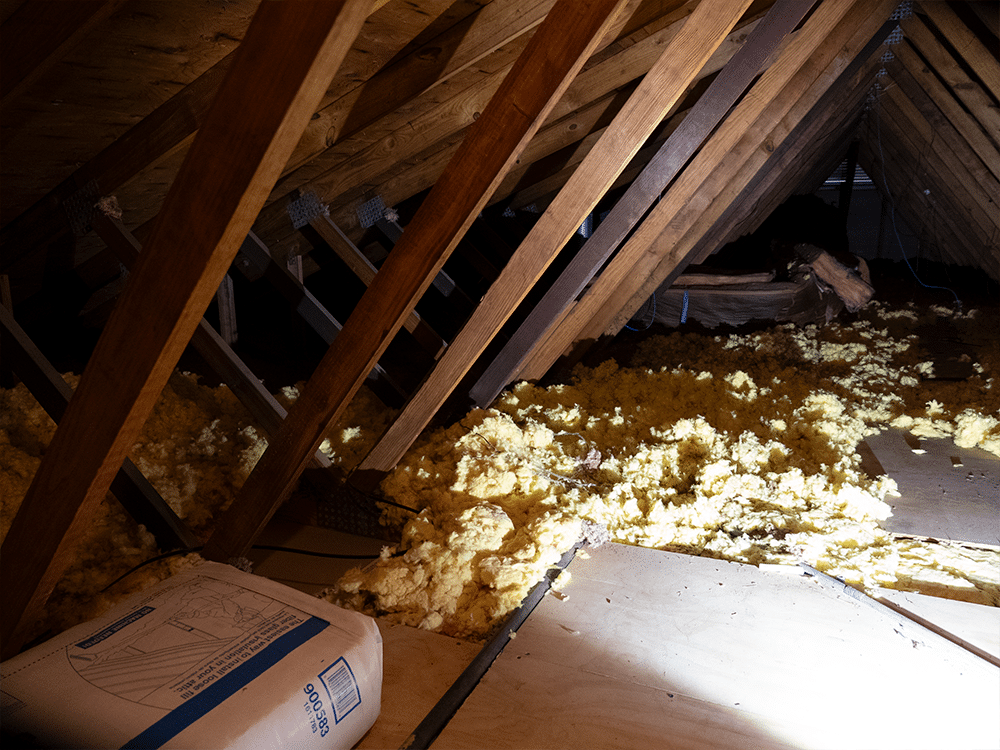
Is your home still uncomfortably warm despite running your air conditioner non-stop? Are your upper levels like a sauna and hard to keep cool? You’re not alone. Several factors can contribute to these issues. Our team at Perma-Seal has compiled a list of the eight most common reasons for a hot and uncomfortable house in the summer. From insulation problems to air leaks, understanding these causes can help you address the issue and enjoy a cool and comfy home during the hottest months of the year.
1. Inadequate Insulation Thickness
Insulation works by trapping air in pockets, which slows down the transfer of heat. If the insulation in your attic is too thin, it won’t be able to trap enough air to effectively slow down the heat transfer. This means more heat from the sun can penetrate through the attic into your living spaces, causing them to warm up significantly during the day.
2. Poor Insulation Quality
Not all insulation materials are created equal. For instance, fiberglass batt insulation might be cheaper but can leave gaps if not installed properly. On the other hand, blown-in-insulation creates a blanketed barrier and offers higher insulation ratings. However, for all insulation materials if the insulation material degrades over time or becomes damaged due to moisture or pests, it loses its effectiveness, allowing more heat to pass through the attic into the home. This is the main case for installing new insulation vs adding more insulation on top.

3. Lack of Air Sealing
Air leaks in the attic can significantly undermine the effectiveness of insulation. Common sources of air leaks include gaps around recessed lights, plumbing vents, and electrical wiring. These leaks allow the cool air in your home to seep into your attic and warm air from that attic to enter your home. In addition to this, an improperly air-sealed attic can be prone to rodents and pests, which can destroy or compact the insulation. Air sealing involves identifying and sealing all these gaps and cracks with caulk, foam, or weatherstripping to prevent air exchange between the attic and the living spaces.
4. Improper Installation
Even the best insulation materials won’t perform well if they’re not installed correctly. Improper installation can leave gaps or areas with less-than-ideal thickness leading to a drop in efficiency and a reduction in the thermal barrier. Professional installation ensures that the insulation is evenly distributed and covers all areas, including hard-to-reach spots, to provide maximum thermal resistance.
5. Old or Compressed Insulation
How old is your insulation? Over time, insulation can settle and compress, especially in older homes. This compression reduces the insulation’s ability to trap air increases the heat transfer rate. Additionally, insulation can become contaminated with dust, debris, or moisture, further decreasing its performance. In most cases adding new insulation on top of the old material will not provide a significant improvement in performance. That’s why our team recommends complete replacement and air sealing as part of our attic insulation service.
6. Ventilation Issues
Proper attic ventilation allows hot air to escape and cooler air to enter, which helps maintain a lower temperature in the attic. Poor ventilation can lead to heat buildup, which not only makes your home hotter but can also cause damage to the roof and insulation. Ensuring that your attic has adequate ventilation, such as ridge vents, soffit vents, or attic fans, can help prevent heat buildup and improve the efficiency of your insulation.

7. Radiant Heat from Roof
As the sun heats up the roof your attic can start to act like an oven. Without proper insulation, this heat can make the attic extremely hot causing the air in your home to heat up. Installing new insulation in your home provides a protective layer between the hot air and the inside of your home, keeping the warm air in your attic and the cool air inside of your home.
8. Inadequate Sealing Around Attic Access Points
Attic access points, such as hatches, pull-down stairs, or doors, can be significant sources of air leakage. If these access points are not properly sealed, hot air from the attic can easily enter the living spaces, and cool air can escape into the attic. Installing weatherstripping or insulation around these access points can help prevent air leaks and improve the overall energy efficiency of your home.
Have Other Questions? Contact Us Today to get more information
Are you looking to solve these problems in your home but not sure how to proceed? Our trained technicians will come to your home and complete a free attic insulation assessment. Contact our experts today by calling 800-421-7325 or clicking the button below to fill out our online contact form.